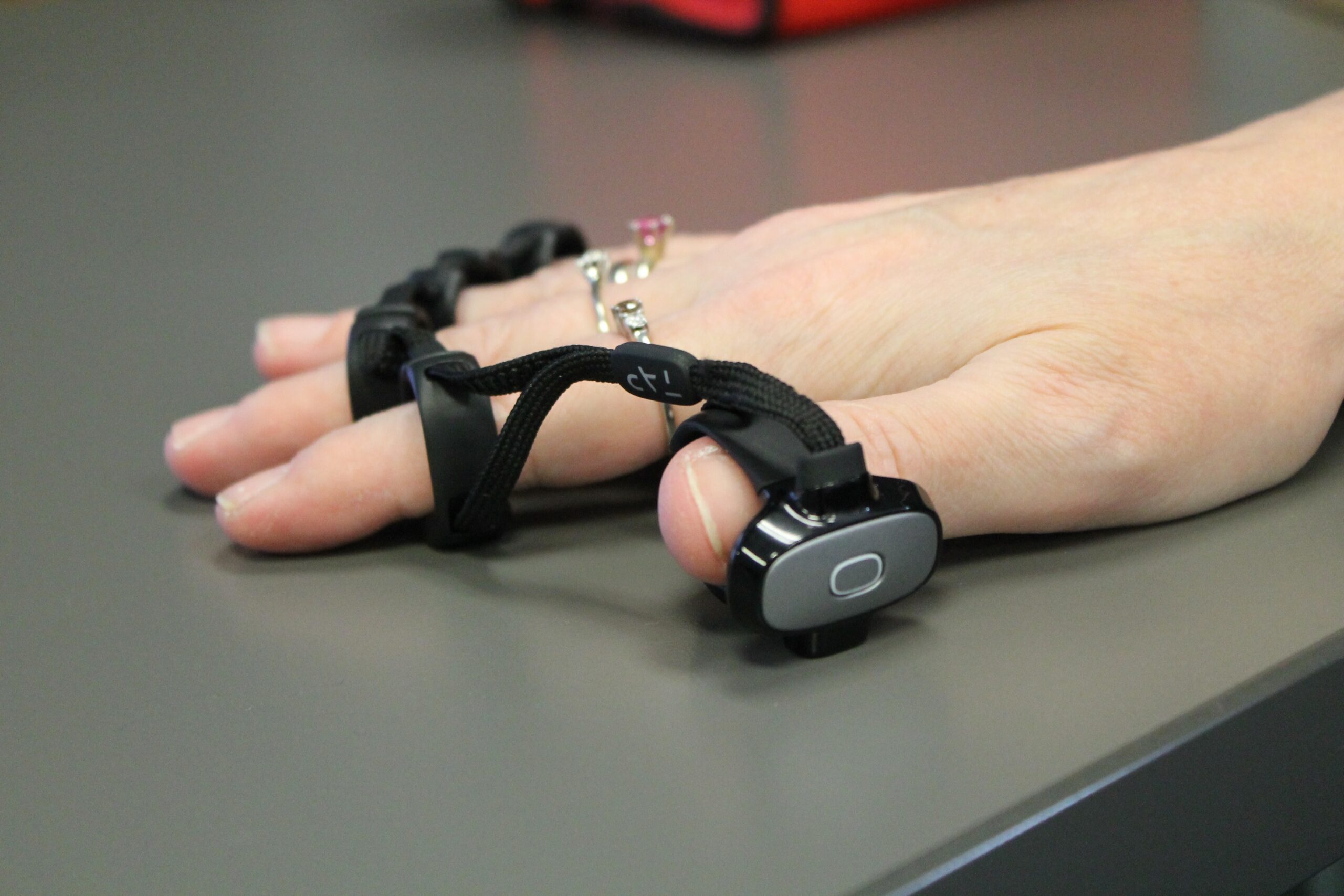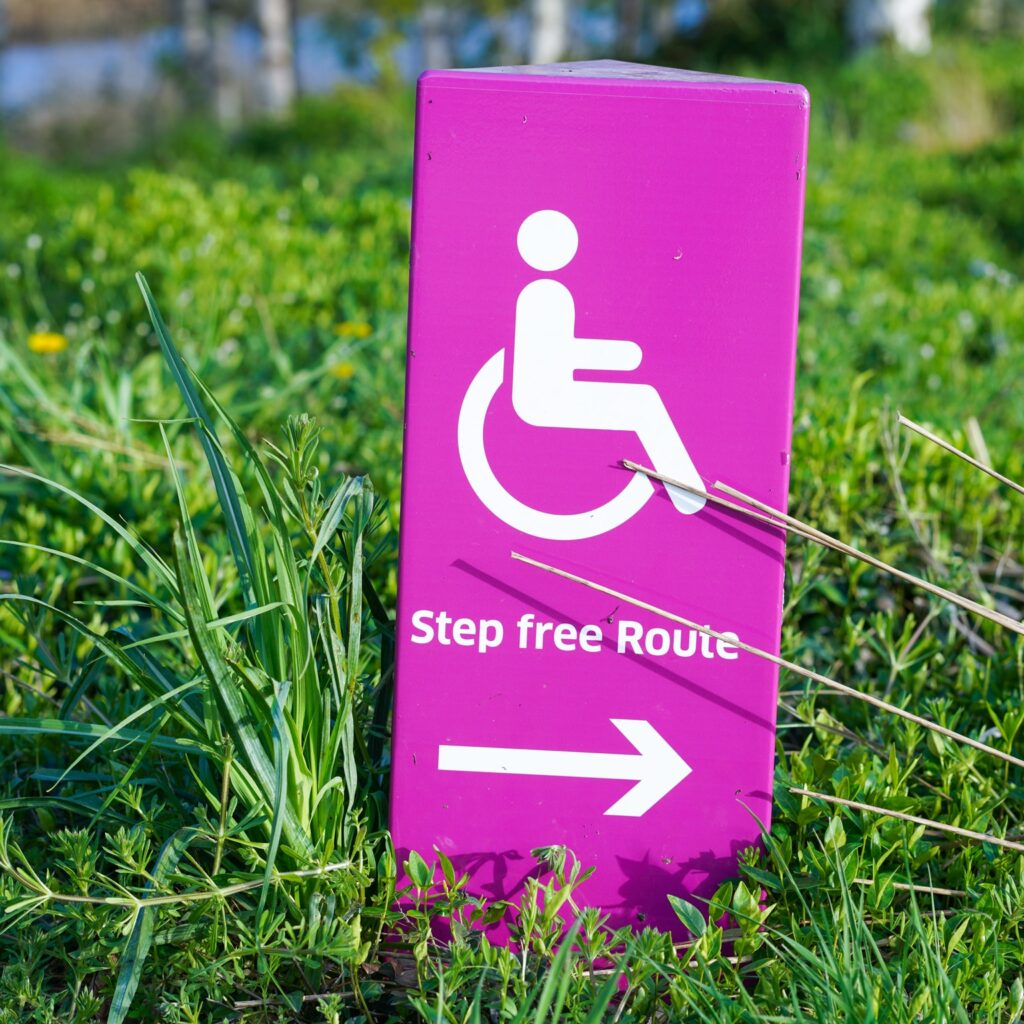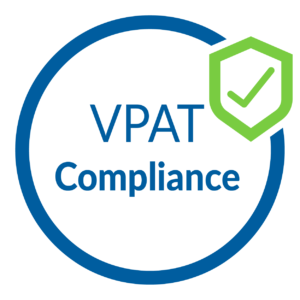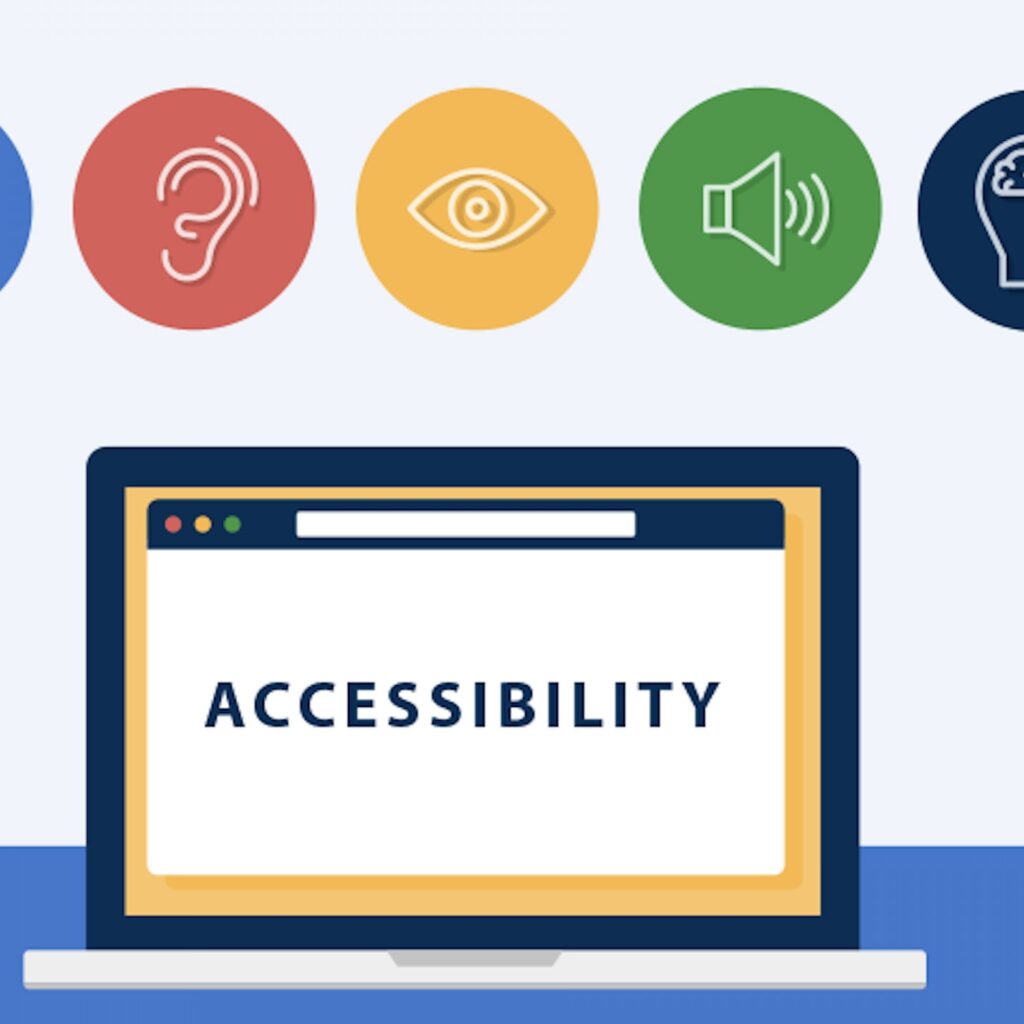In an increasingly digital world, accessibility is no longer an option—it’s a necessity. For businesses and organizations, ensuring that their digital offerings are inclusive and accessible to all users, including those with disabilities, is not only a matter of compliance but also a demonstration of social responsibility. One powerful tool in this endeavor is the Voluntary Product Accessibility Template (VPAT) report. Let’s delve into the myriad benefits of utilizing VPAT reports in the pursuit of digital inclusivity.
**1. Legal Compliance and Risk Mitigation
One of the most compelling reasons to invest in VPAT reports is to ensure compliance with various accessibility laws and standards. In many regions, such as the United States, the Americans with Disabilities Act (ADA) mandates that digital services and products must be accessible to individuals with disabilities. A VPAT report provides a structured assessment of a product’s accessibility, enabling organizations to identify potential gaps and take corrective measures, thus mitigating legal risks and potential lawsuits.
**2. Demonstrating Commitment to Inclusivity
A VPAT report serves as a tangible demonstration of an organization’s commitment to inclusivity and accessibility. By voluntarily undergoing an accessibility evaluation and disclosing the findings in a VPAT, a company sends a powerful message about its dedication to creating an inclusive digital environment. This commitment not only resonates with users but also cultivates a positive brand image and fosters trust and loyalty among customers and stakeholders.
**3. Facilitating Procurement and Vendor Selection
For organizations involved in procurement or seeking to integrate third-party products or services, VPAT reports are invaluable. They provide a clear and standardized assessment of a product’s accessibility features, making it easier for organizations to make informed decisions about which solutions align with their accessibility requirements. This transparency streamlines the procurement process and ensures that accessibility considerations are at the forefront of decision-making.
**4. Empowering In-House Development Teams
For organizations that develop their own digital products or services, a VPAT report can be a vital tool for in-house development teams. It offers a comprehensive evaluation of the accessibility features of a product, highlighting areas that may require attention or improvement. This empowers developers to proactively address accessibility considerations during the design and development phases, ultimately leading to a more inclusive end product.
**5. Enhancing User Experience for All
Accessibility is not just about accommodating users with disabilities; it’s about creating a better user experience for everyone. Many accessibility features, such as clear navigation, readable fonts, and intuitive design, benefit all users, regardless of their abilities. By prioritizing accessibility, organizations can create digital experiences that are more user-friendly, efficient, and enjoyable for everyone.

**6. Gaining a Competitive Edge
In a global marketplace, where competition is fierce, demonstrating a commitment to accessibility can be a powerful differentiator. A VPAT report can be a key asset in marketing and promotional materials, showcasing an organization’s dedication to inclusivity. This can give businesses a competitive edge, particularly in industries where accessibility is a critical factor in user decision-making.
**7. Fostering Innovation and Continuous Improvement
Engaging in the VPAT process encourages a culture of innovation and continuous improvement within an organization. It prompts teams to think critically about accessibility and to explore creative solutions to address potential barriers. This mindset not only leads to more inclusive products but also fosters a culture of innovation that can benefit the organization as a whole.
Conclusion: Empowering Inclusivity through VPAT Reports
VPAT reports are a powerful tool for organizations committed to creating accessible digital experiences. They facilitate legal compliance, demonstrate a dedication to inclusivity, and enhance user experiences for all. By leveraging VPAT reports, organizations not only meet legal requirements but also foster a culture of inclusivity, innovation, and continuous improvement. In a digital landscape where accessibility is paramount, VPAT reports are a beacon of progress towards a more inclusive and equitable future for all users.
We Offer Web & Mobile Accessibility Testing
We at ‘Accessible Zone‘ provide web, mobile and software accessibility testing services. We perform testing manually using screen reader such as JAWS, NVDA & Voiceovers. We also provide VPAT and ACR reports. If you want to use our services do contact us as at contact@accessiblezone.com or you can also schedule a free call with us from here.












